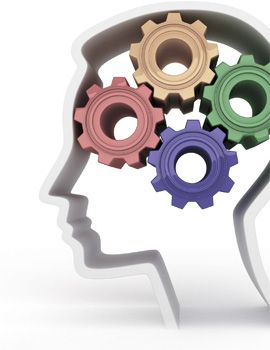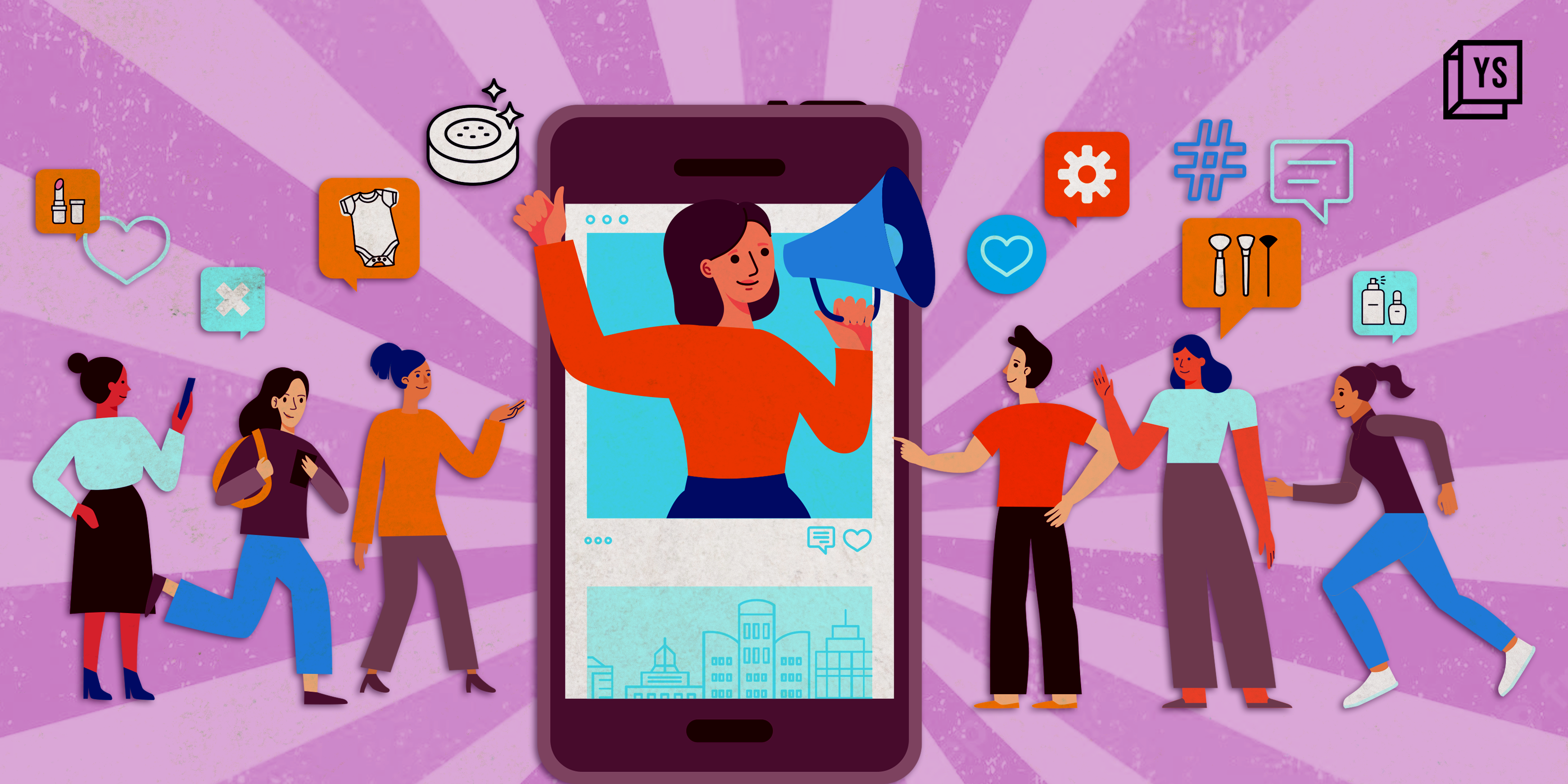Understanding User Behaviour and Needs Is Key for Mobile Social Enterprises
Madanmohan Rao

How can social enterprises leverage mobile phones to meet their social missions along with market-based strategies? What business models can mobile-for-development (M4D) organisations use to achieve sustainability, replicability and scalability of their services and products?UNICEF India along with the Digital Empowerment Foundation brought together a hundred representatives from mobile companies, social enterprises, media, academia, health institutes and agricultural organisations for a special two-day consultation in New Delhi on the topic.
India now has more mobile phones than TV sets, and mobile Internet users spend more time with their phones than with any other media including TV. “This has spurred us to launch this consultation to better understand how mobiles can influence social and behavioural change,” said Alka Malhotra, communications for development specialist at UNICEF India.
Just as the commercial sector is trying to figure out to how to make mobiles profitable via data tariffs, content sales, impulse purchases and mobile wallets, so also the social sector needs to come up with models for using mobile phones in social and behavioural change, said Arun Maira, member of the Planning Commission of India and author of bestsellers such as Shaping the Future, Remaking India and Transforming Capitalism.
Mobile Internet traffic surpassed desktop Internet traffic in May 2012 in India, according to data cited by Chirag Arora, researcher at IIT Delhi. India has 861 million subscribers, but only 1 in 10 rural Indians is mobile and only one in 5 mobile users is a woman, according to research cited by Subbo Ray, president of the Internet and Mobile Association of India (IAMAI).
A lot of focus is on mobile inclusion, but it also has to be sustainable, cautioned Milind Pathak, Global Head of New business at One97. As with commercial models, social models of mobile change should also understand the role of triggers and early adopters in inducing new behaviours.
A number of examples were discussed of use of mobiles to bring about behavioural change in India. Radio Namaskar uses community radio programmes and mobile alerts to reduce school dropout rates. Kisan Sanchar uses mobiles for environmental sustainability via dissemination of agro-climatic information for farmers. The Datamation Foundation and eMamta initiative use mobiles for educating new mothers about child care.
The Mid Day Meal Authority uses IVR and SMS to alert schools about serving meals to needy children, and escalate remedial actions. The Nano Ganesh project uses specialised pumps activated via SMS interface, so as to better manage water usage.
In other parts of the world, the Grameen Foundation in Uganda has ‘social enterprise farmers’ or Community Knowledge Workers (CKWs) using mobiles as data dissemination and data gathering tools. Wizzit, a South African startup, has introduced mobile transactional services to unbanked citizens. There are apps in Rwanda for purchases of handcrafts made by women survivors of genocide. CellBazaar has created a mobile phone-based electronic marketplace in Bangladesh.
The Centre for Social Innovation and Entrepreneurship (CSIE) at IIT-Madras has documented mobile social enterprises in India such as Awaaz.de (voice-based platform supporting knowledge sharing over phones), Uniphore (IVR system for agricultural information), WOSCA (Womens’ Organisation for Socio-Cultural Awareness – to track livelihood entitlements of rural communities in Orissa using mobile phones), and NextDrop (SMS alerts on availability of piped water).
CGNet Swara, Gram Vaani and SMSone leverage voice and SMS to create community newspapers and radio services. Babajob.com provides job information for informal-sector employees through mobile phones. mDhil is a startup providing basic health information via mobile media.
Sifting through a range of case studies and expert inputs, the UNICEF-DEF consultation has come up with a number of recommendations for ensuring that such social enterprises successfully leverage mobile media: develop clarity on metrics used, conduct deep immersive research into mobile interaction behaviours, aggregate and harmonise multiple sets of data, go hyper-local, cultivate diverse ecosystem partnerships, and focus on simplicity of design.
But sense making of the bewildering volume of data about mobile activities will be a challenge. “There is nothing more irrational than thinking that human beings are rational beings,” joked Paulo Mefalopulos, chief of communication for development at UNICEF!
Follow YourStory’s research director Madanmohan Rao on Twitter











